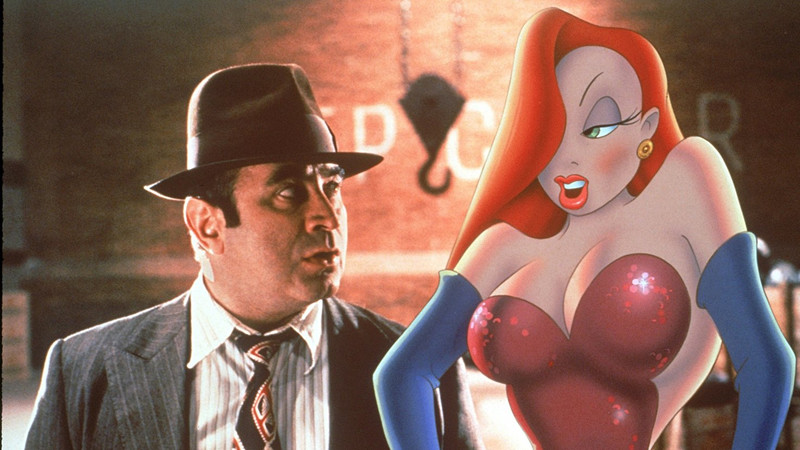
The films that you watch in your childhood never really leave you. There is something uniquely special about them, they are the first examples of filmmaking that you experience, and that means that they often leave a lasting impression. And in some cases, these films may shape film tastes that stay with you throughout your life.
In today’s modern film industry, films aimed at children are more carefully monitored and reviewed than ever before, with film studios more than willing to compromise on the final cut, in order to achieve a lower certificate rating or to avoid controversy. There is a fine balance of making these films acceptable for children, and yet still adding in some jokes for the adults. But these precautions are necessary in a more socially and politically aware society.
Taking into consideration this new awareness and perhaps the changed tastes of filmgoers, looking back there are some classic childhood films that can now be viewed very differently. In the past, there was certainly a more relaxed attitude about what you could include in a film aimed at children. The following list explores childhood films that if released today, would be seen as very controversial.
1. The Hunchback of Notre Dame (1996)
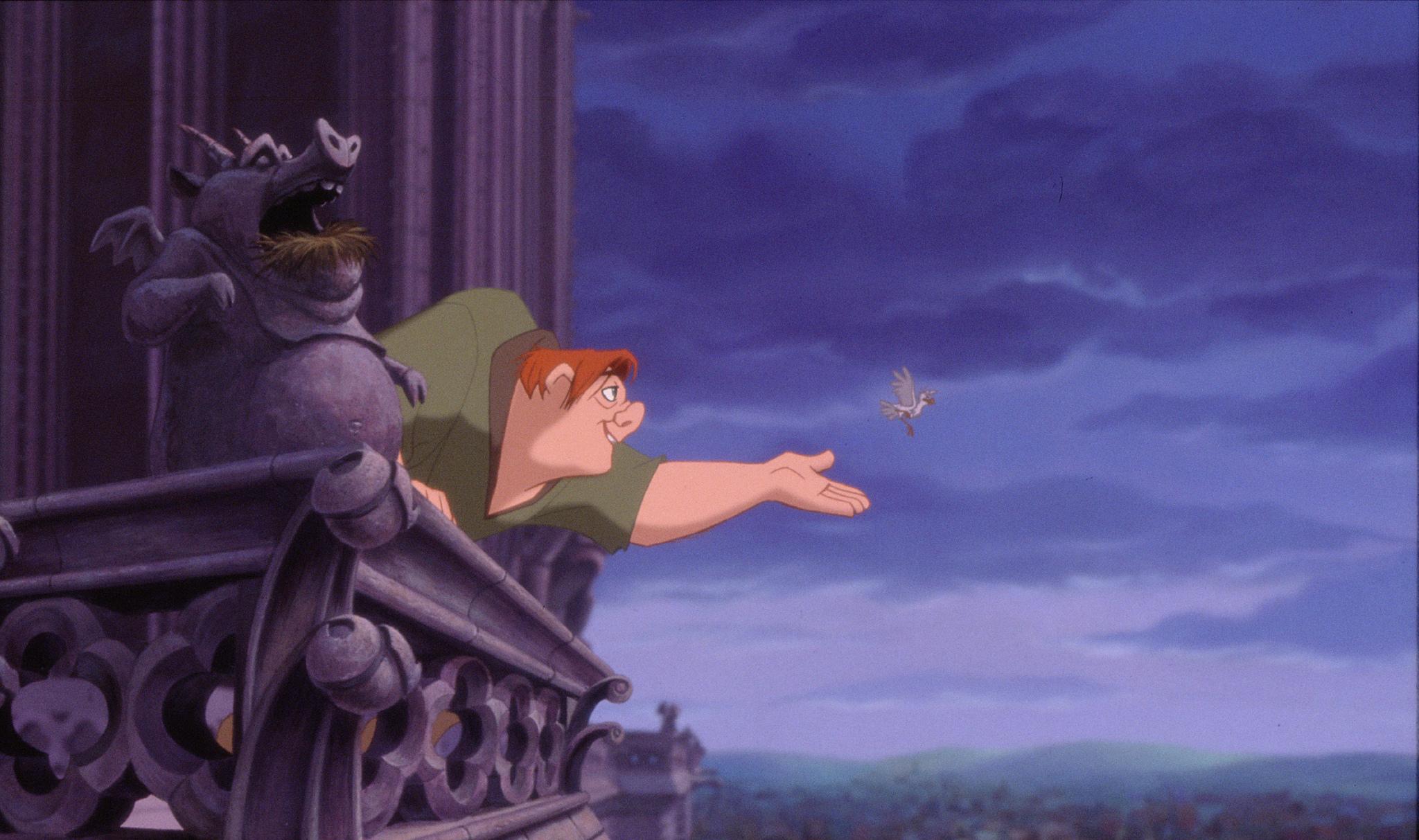
Disney is certainly no stranger to packing an emotional punch, and it has never been shy about including death in its films. However, the opening scenes of Quasimodo’s mother being chased down in the Parisian streets before being killed on the steps of Notre Dame is inherently more violent than usual for Disney. These days, Disney deaths are shown off screen. And the controversy does not stop there.
There is also the matter of the language used, with phrases such as “Gypsy Vermin” and “So typical of your kind” thrown around, and the constant references to Quasimodo as deformed, ugly and a monster. And not to mention, the use of various religious iconography. Racially insensitive, politically incorrect and overly religious references are wholly avoided in today’s films aimed at children.
Finally, and perhaps most controversially is the plot point which sees the film’s villain Frollo chastising himself in the form of a song called ‘Hell Fire.’ Why? Because of his burning desire to have sexual relations with Esmerelda, Quasimodo’s love interest. Frollo decides that Esmerelda must be burned alive, in order to rid himself of his perverted thoughts.
Overall it is very hard to imagine a modern Disney film with any of these elements being released now.
2. Song of The South (1946)

Song of The South is perhaps Disney’s most controversial film ever released. Ever since its release in 1946, it has been met with criticism and controversy. Considering it caused controversy in 1946, the controversy that it could have faced if released today is unimaginable.
Song of The South is a live action animated musical film, which is set in the southern United States of America. Young Johnny goes to stay at his Grandmother’s plantation, where he befriends Uncle Remus – one of the plantation’s workers.
The depiction of the plantation as a happy and idyllic place, and the stereotypical qualities and vernacular used are seen as wildly offensive. Although Disney has strongly stated that the film is set after slavery had been abolished, many have pointed out that this is not obvious to the audience. And so, the film could be seen as glorifying slavery.
As such, Song of The South has never been released on home video or DVD in the United States. And with Disney CEO Robert Iger calling the film “antiquated” and “fairly offensive,” it looks like it will not be released any time soon.
3. All Dogs Go To Heaven (1989)
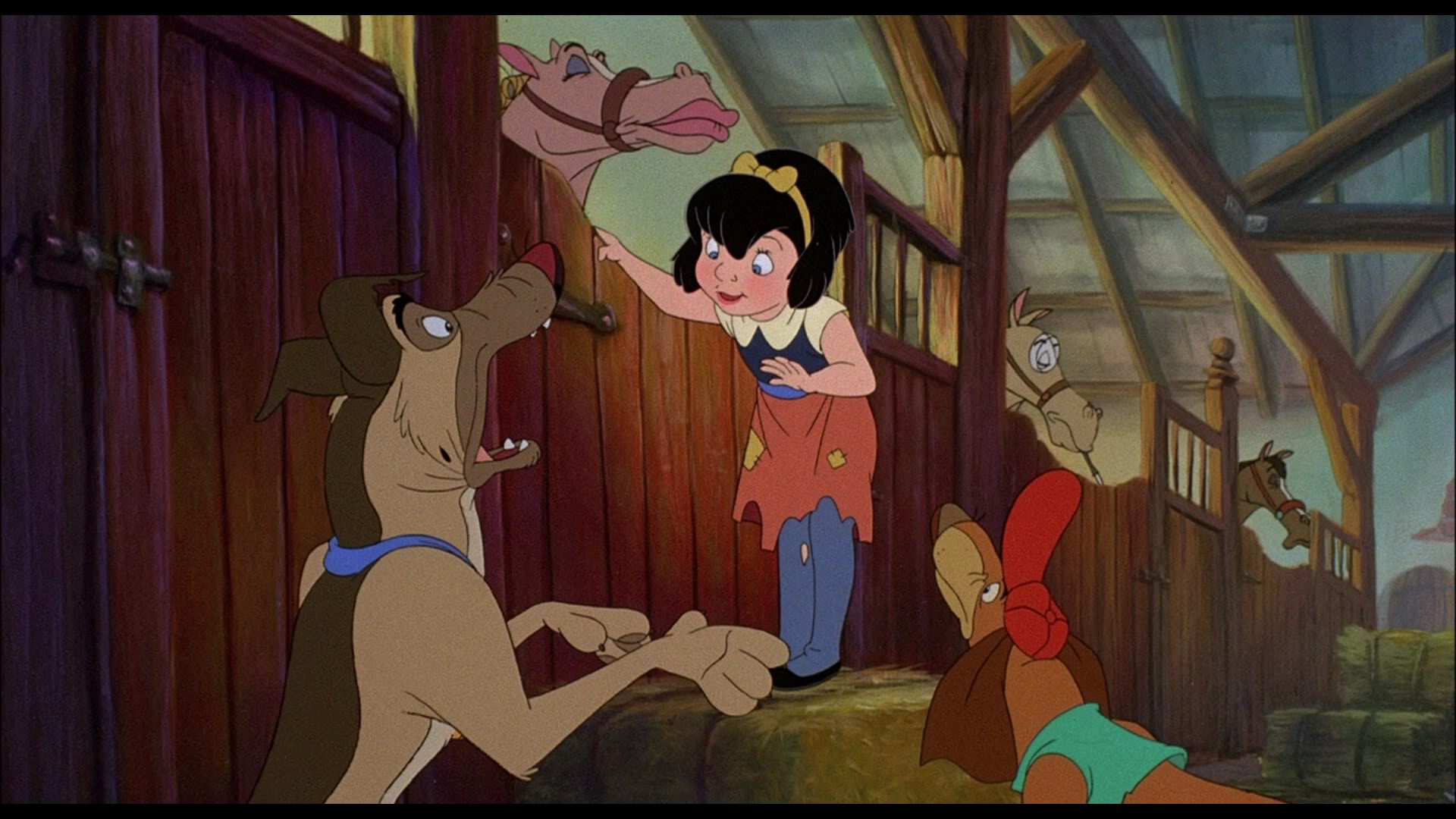
A film where the main plot concerns a gangster dog who has been murdered by his boss and vows to kill him in revenge, is already a strange concept. When you take into consideration that it is a children’s film, then it is even stranger.
And although the title of the film may sound warm and fuzzy – all dogs go to heaven because they are “good boys.” The film contains a terrifying sequence where the main character Charlie goes to Hell. In this nightmarish scene, he is sucked up by a black tornado into the depths of Hell and nearly feasted upon by demons, before being confronted by a monstrous dragon. The imagery and visuals are horrible, and certainly not what any audience wants to associate with their beloved pet dogs.
The film also plays into typical gangster stereotypes, with seedy underground clubs, drinking, gambling and the hint of dog prostitutes. In one scene, Charlie is so drunk that he cannot stand up and his tongue lolls out of his mouth uncontrollably.
Nowadays, animated children’s films that feature pets and animals are completely different. All Dogs Go To Heaven was a bit weird and scary when it was released, today it would be seen as downright unsuitable.
4. The NeverEnding Story (1984)
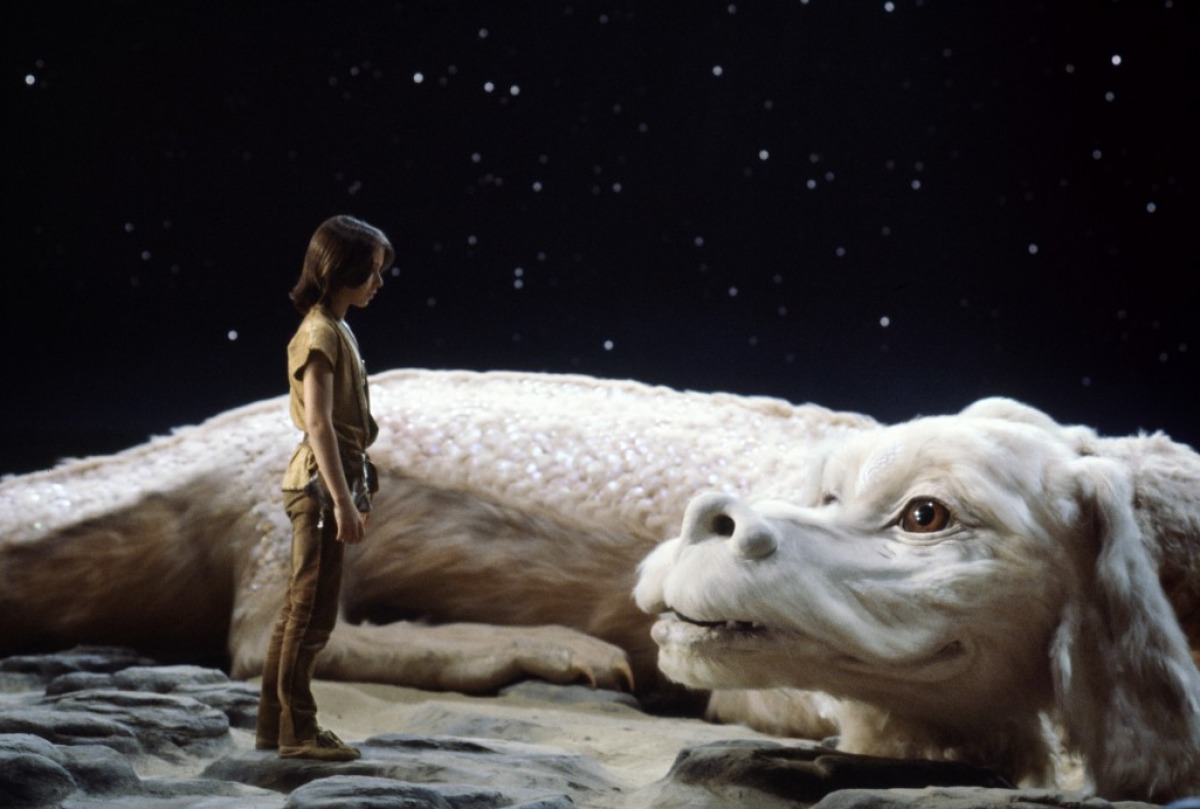
This much-loved children’s fantasy film from the eighties is often referenced when people think about their favourite childhood films. And on the surface, what could be wrong with a film about a boy who discovers a magical world within a book?
The main criticism levelled at The NeverEnding Story is that it is a children’s film that addresses existentialism in a way that is too adult, and too nihilistic. The central threat in The NeverEnding Story is ‘The Nothing,’ a mass of swirling darkness and malevolence that destroys everything in its path. The Nothing is a metaphor for clinical depression, and some critics have noted that this subject is unnecessarily dark for a film aimed at children.
There is also a scene where Atreyu, the secondary protagonist in the film, ends up at ‘The Swamps of Sadness.’ The swamps represent sorrow and misery, and whoever lets despair overcome them will sink into the swamp. Atreyu’s horse Artax becomes a victim of the swamps, in a drawn-out scene where he sinks further and further into the muddy depths. This scene is bad enough to watch as an adult, but utterly devastating as a child. This scene is also seen as controversial due to animal cruelty concerns – it took two trainers seven weeks to train the horse to drown, as horses instinctually refuse to walk into deep pools of mud.
With the controversy surrounding the subject matter, and questions raised on animal ethics, it is unlikely that The NeverEnding Story would be released today without concern.
5. The Witches (1990)
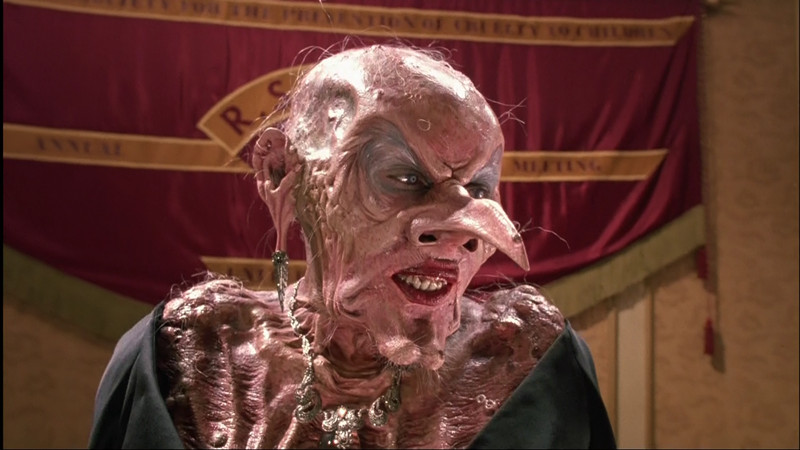
Whilst this adaptation of the Roald Dahl novel was called “utterly appalling” by its creator, due to the film’s happier ending. Roald Dahl also criticised the film for being too terrifying.
This dark fantasy horror film for children is based on the premise that witches are real, and that they disguise themselves as ordinary women in order to kill children. The premise alone combines two controversial topics for a children’s film – real life witches and child murder. But the film’s frightening aspects do not end there.
The scene where the Grand High Witch, played by Anjelica Huston, unveils her true self is a scene which has been scaring audiences for years. The prosthetics used would not be out of place in an adult rated horror film, and here they are used to gruesome effect.
Horror films are not often made for children, and more recent horror films aimed at children focus on a supernatural or fantasy element. The Witches is both supernatural, and grounded in reality which makes it even more controversial. Parents do not want their children to watch films which have the threat of real life predators and murderers in them.
It has been rumoured that Guillermo Del Toro has expressed an interest in remaking of The Witches, so this controversial children’s film could well be causing controversy again soon.